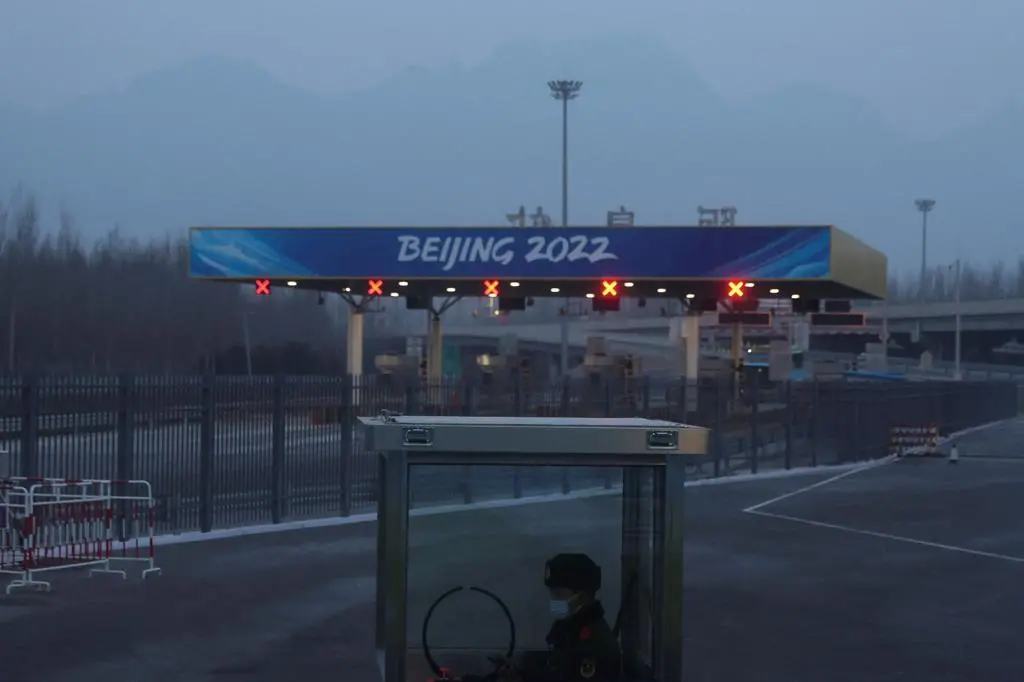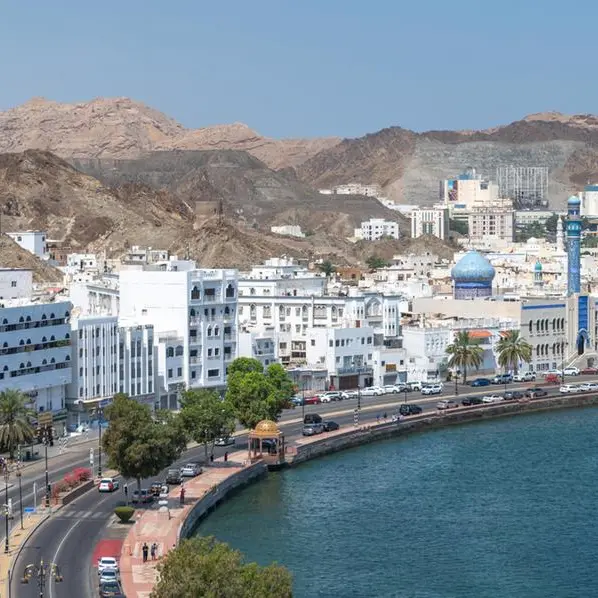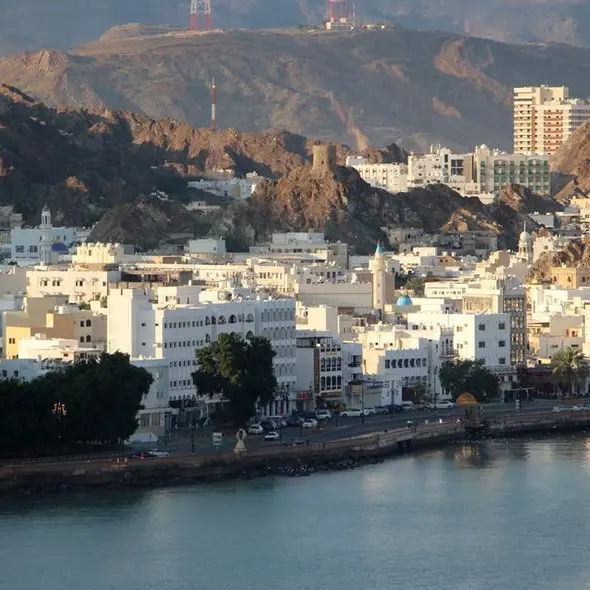PHOTO
Air pollution in 339 Chinese cities improved in 2021, with average concentrations of small, hazardous airborne particles known as PM2.5 down 9.1% from a year earlier to 30 micrograms per cubic metre, official data showed on Monday.
China's official "interim" air quality standard is 35 micrograms, though the World Health Organization recommends levels of just five micrograms.
The smog-prone northern region of Beijing-Tianjin-Hebei had PM2.5 concentrations of 43 micrograms for 2021, down 5.7% compared to the previous year.
Tackling heavy pollution in the region has been a major state priority, especially ahead of the Winter Olympics, which will begin in Beijing and Hebei's Zhangjiakou this week.
The Fenwei Plain, another heavy industrial region in northern China, saw readings drop 0.4% on the year to 42 micrograms. Average PM2.5 in the Yangtze river delta manufacturing hub, which includes Shanghai, stood at 31 micrograms, down 11.4%.
The Ministry of Ecology and Environment said average concentrations of all major pollutants - including ground-level ozone, sulphur dioxide, nitrogen dioxide and carbon monoxide - fell in the 339 monitored cities last year.
China has been making a concerted effort to cut coal consumption for heating while driving industries to improve efficiencies and install cleaner technologies.
(Reporting by David Stanway; Editing by Lincoln Feast.)




















